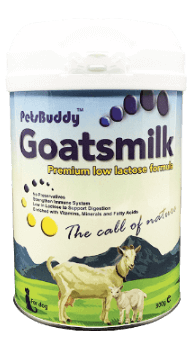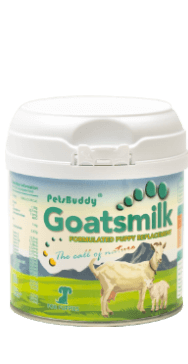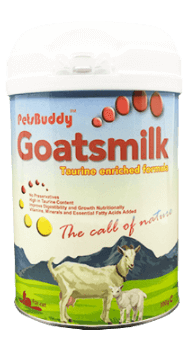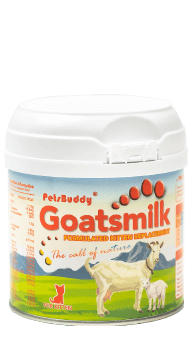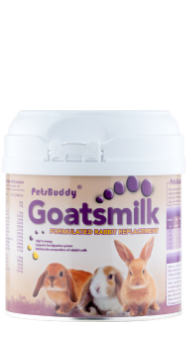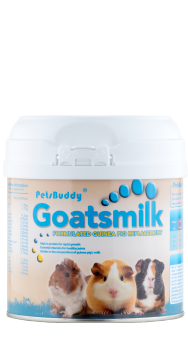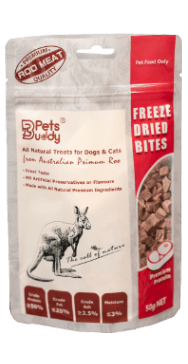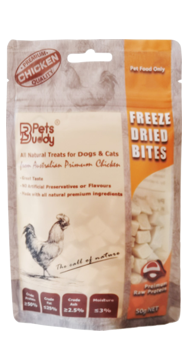U.S. pet owners not (yet) decreasing spending on pet food
A new report on the U.S. pet food market indicates few dog and cat owners are spending less on food for their pets – based on a survey conducted by Packaged Facts in April and May 2020. As the country struggles to contain escalating cases of COVID-19, unemployment and financial hardship are also increasing. That could eventually affect how much pet owners can spend.
U.S. pet food market still growing
The report covers only dog and cat food, plus toppers and mixers, and does not include treats and chews. Given those parameters, the market reached US$28.89 billion in 2019, Packaged Facts says, representing a healthy 6.4% increase over 2018.
In addition, the market research firm is projecting a slightly larger growth rate for 2020 – up 7% to US$31 billion – even better than the 6% rate originally forecast prior to the onslaught of COVID-19. The rosier projection comes thanks to “coronavirus-driven stockpiling and supplemented by increases in new pet adoptions for the remainder of the year,” the report says. While growth will moderate over the next several years, according to Packaged Facts’ modeling, it will still increase by at least 5% a year through 2024, reaching US$38 billion then.
Lower pet food e-commerce pricing may prevail
Of course, e-commerce is now king, and it’s well documented how the pandemic and accompanying lockdowns and quarantines have driven even more consumers to buy online, including their pet food. A key takeaway from Packaged Facts’ April/May 2020 survey of pet owners is that 70% of dog and cat owners reported shopping in brick-and-mortar stores less, while at the same time, 65% reported buying online more as a result of the coronavirus. In addition, 64% of survey respondents agreed that more of their everyday spending was being done online, and 73% said they feel safer buying things online as opposed to in a store.
That could actually be a boon to pet specialty retailers, including independents, that have been able to adopt omnichannel strategies offering online ordering, plus home delivery and/or curbside pickup, to augment their brick-and-mortar locations. A certain portion of U.S consumers – 79% of dog and cat owners, according to another Packaged Facts survey – said that, due to the coronavirus, they believed it was especially important to buy from local, independent merchants, so they may stay loyal to those retailers if they can.
Yet financial realities often end up dictating purchasing decisions. The lower prices typically offered by e-commerce giants like Amazon and Chewy may well win out if indeed some pet owners have to start cutting back on their pet food spending.
